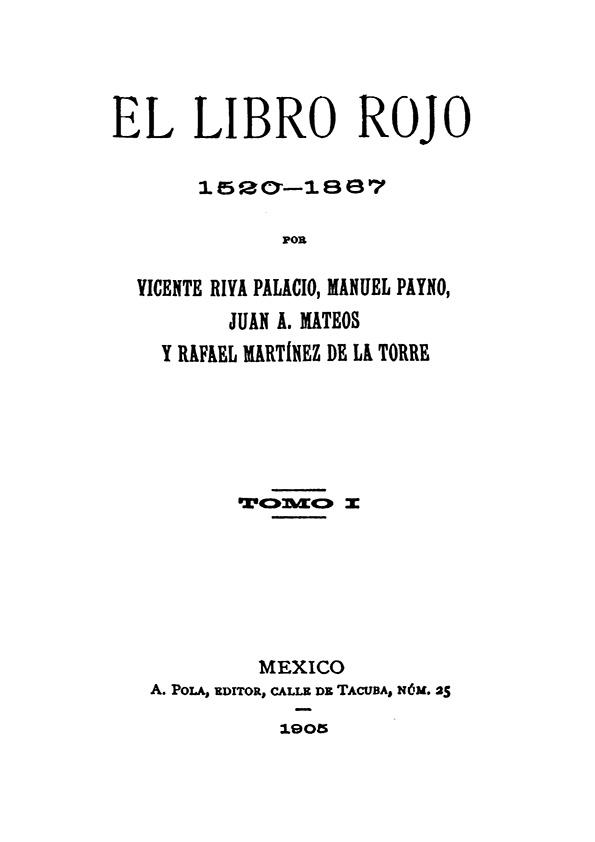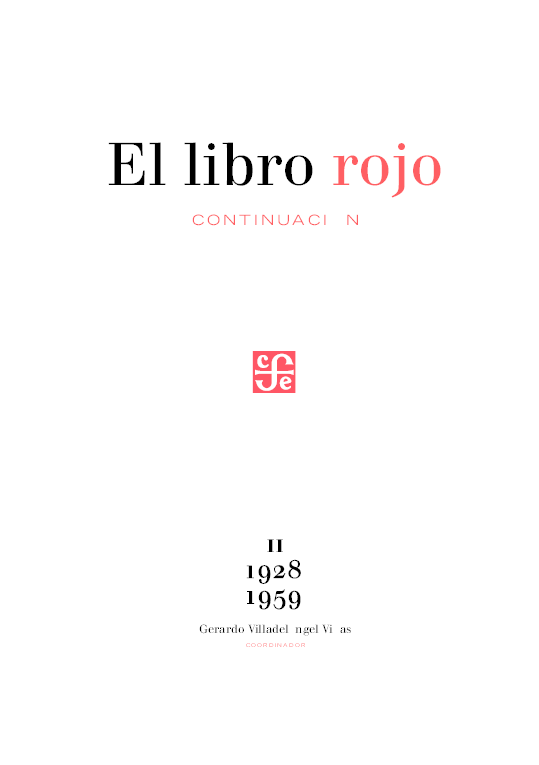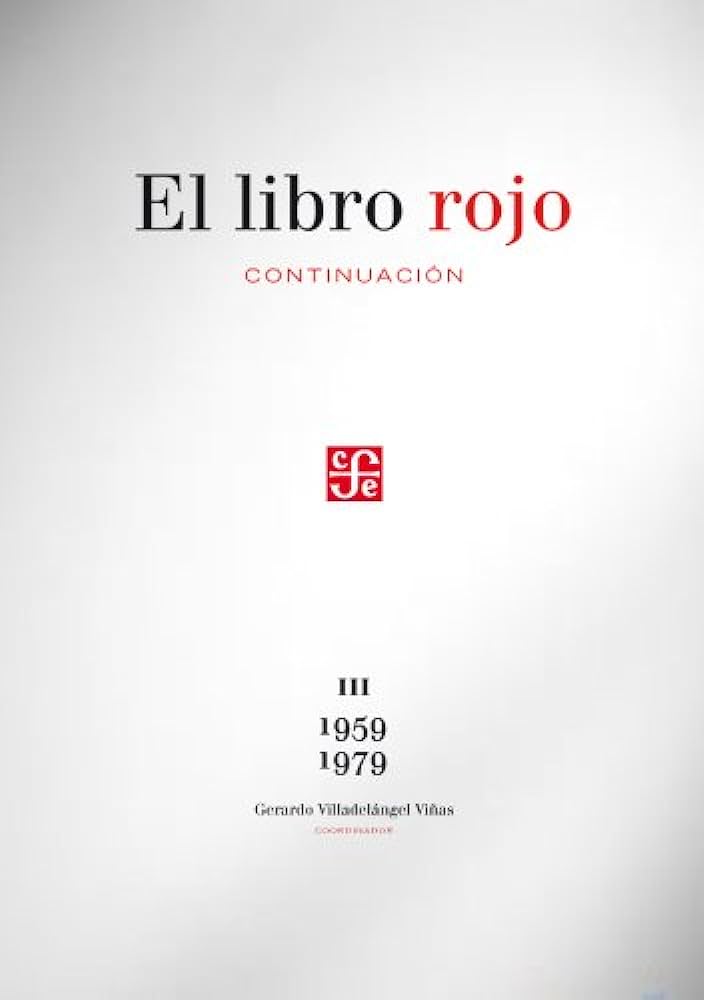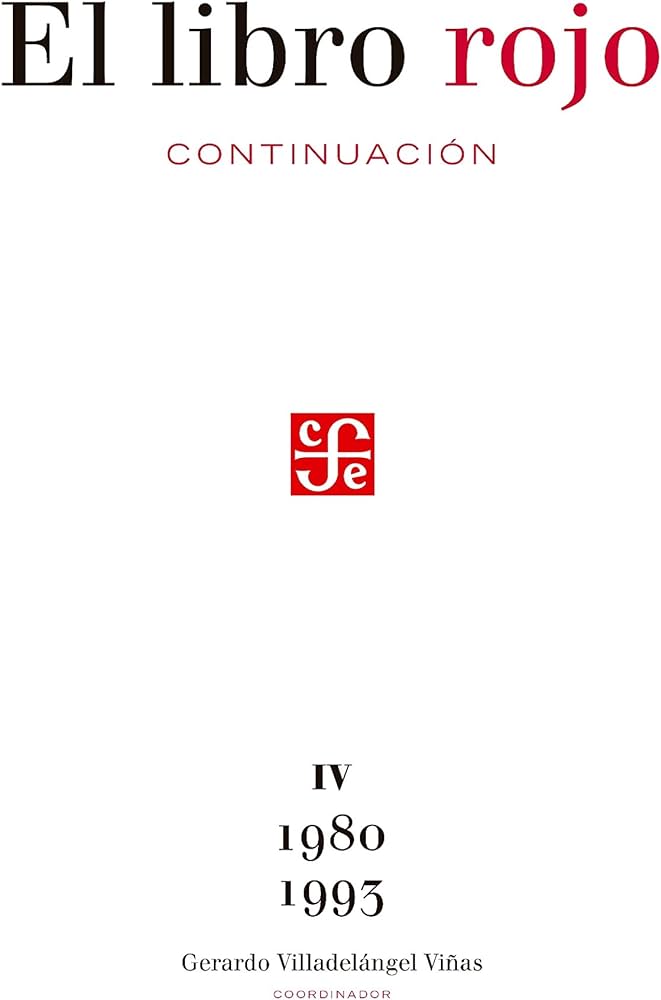BOOK I: 1868-1928 | BOOK II: 1928-1959 | BOOK III: 1959-1979 | BOOK IV: 1980-1993
Contemporary Mexico told through its crimes.
In 1870, Vicente Riva Palacio, Manuel Payno, Rafael Martínez de la Torre, Juan A. Mateos, and Francisco Zarco published The Reed Book: 1520-1867, a fictionalized history of crime and bloodshed in Mexico from 1520 to 1867.
In the 21st century, Gerardo Villadelángel continues the great editorial endeavour started by Riva Palacio and Manuel Payno, compiling the most significant events in Mexican history through the crimes that occurred in this country from 1868 onwards. Alongside a distinguished group of writers, philosophers, anthropologists, historians, storytellers, and visual artists, Villadelángel creates the most comprehensive chronicle of Mexican true crime. It is a collective reflection that reflects the peculiarities of such a complex country.
I: 1868-1928. Set in the Restored Republic, the Porfiriato, the Revolution, and the Cristero War, the first volume narrates the stories of historical figures such as Zapata and Villa, but also of characters like Chucho “The Broken,” the Tiger of Santa Julia, and María del Pilar Moreno, as well as events like the strikes in Cananea and Río Blanco.
II: 1928-1959. Starting with the assassination of Alvaro Obregón, the thirty-one years covered in this volume depict the era of consolidation of contemporary Mexico and the harsh events that marked the country, such as the murders of Goyo Cárdenas, the hanged Vasconcelist teachers, Trotsky’s fateful passage, and the enigmatic figure of Juan Soldado.
III: 1959-1979. The era of the “Mexican Miracle,” economic development and growth in which society progressed, but was marked by a dark shadow that took shape in the Tlatelolco Massacre, Operation Condor, the September 23rd Communist League, and individuals such as the Poquianchis and Gilberto Flores Alvarez, the grandson who murdered his grandparents in Lomas de Chapultepec
IV: 1980-1993. Durazo “The Black”, Elvira Luz Cruz, the “Satanist Drug Traffickers”, the Homeless Killer, the sorrow of Nellie Campobello, the assassination of the “Trash Czar” on the order of his wife, tragedies like San Juanico, and the increasingly powerful presence of drug trafficking led by Rafael Caro Quintero are some of the chronicles that make up the fourth volume set in modern Mexico.
RELEVANT INFORMATION: The Red Book: Continuation is a hexalogy currently in development, of which the first 4 volumes have already been published. It has received the Editorial Art Award from the National Chamber of the Mexican Publishing Industry.
Gerardo Villadelángel is a writer and editor who has been responsible for special editions at the Fondo de Cultura Económica in Mexico and an advisor to the management and editor of special content at the Guadalajara International Book Fair (Mexico). Currently, he coordinates La Jaula Abierta, a publishing imprint he founded with Vicente Leñero and Roger Bartra, in addition to the six-volume collection The Red Book. He has been awarded the Editorial Art Award from the National Chamber of the Mexican Publishing Industry and the Mexico en Sur Award.
What the critics have said:
“Gerardo Villadelángel’s brilliant idea —that’s the correct term— is surprising and disturbing. He puts together the human tragedy of crime through the history of Mexico as is he was a collective Balzac. He talks about murder, to be precise. Murder in the history of Mexico. It’s the history of Mexico through its eloquent murders. Small – if one can call the treacherous death of a human being small – or enormous, when it implicates sectors of the community, when it interrupts, deviates, alters, corrects the course of a nation.” Vicente Leñero
“Gerardo Villadelángel is an editor capable of cutting through a glacier of amnesia to rescue in a single volume all the texts published about Mexico in the prestigious and fundamental SUR magazine. The book –inexhaustible in itself— contains the visions of Anáhuac and, beyond that, prose like those of Alfonso Reyes and Octavio Paz, Adolfo Bioy Casares and Julio Cortázar, and many others that are all intertwined in a fine edition that appears as a special issue of the SUR magazine itself, deserving greater attention and more reviews than it has garnered so far since its appearance a year ago…” El País
AUDIOVISUAL POTENTIAL: TV Series, Miniseries, Film, TV Movie.
LANGUAGES AVAILABLE: Spanish.
Adquirir los derechos
Para ponerte en contacto con nosotros completa el siguiente formulario y te responderemos en breve.





